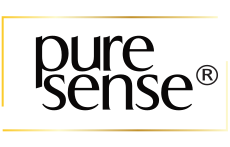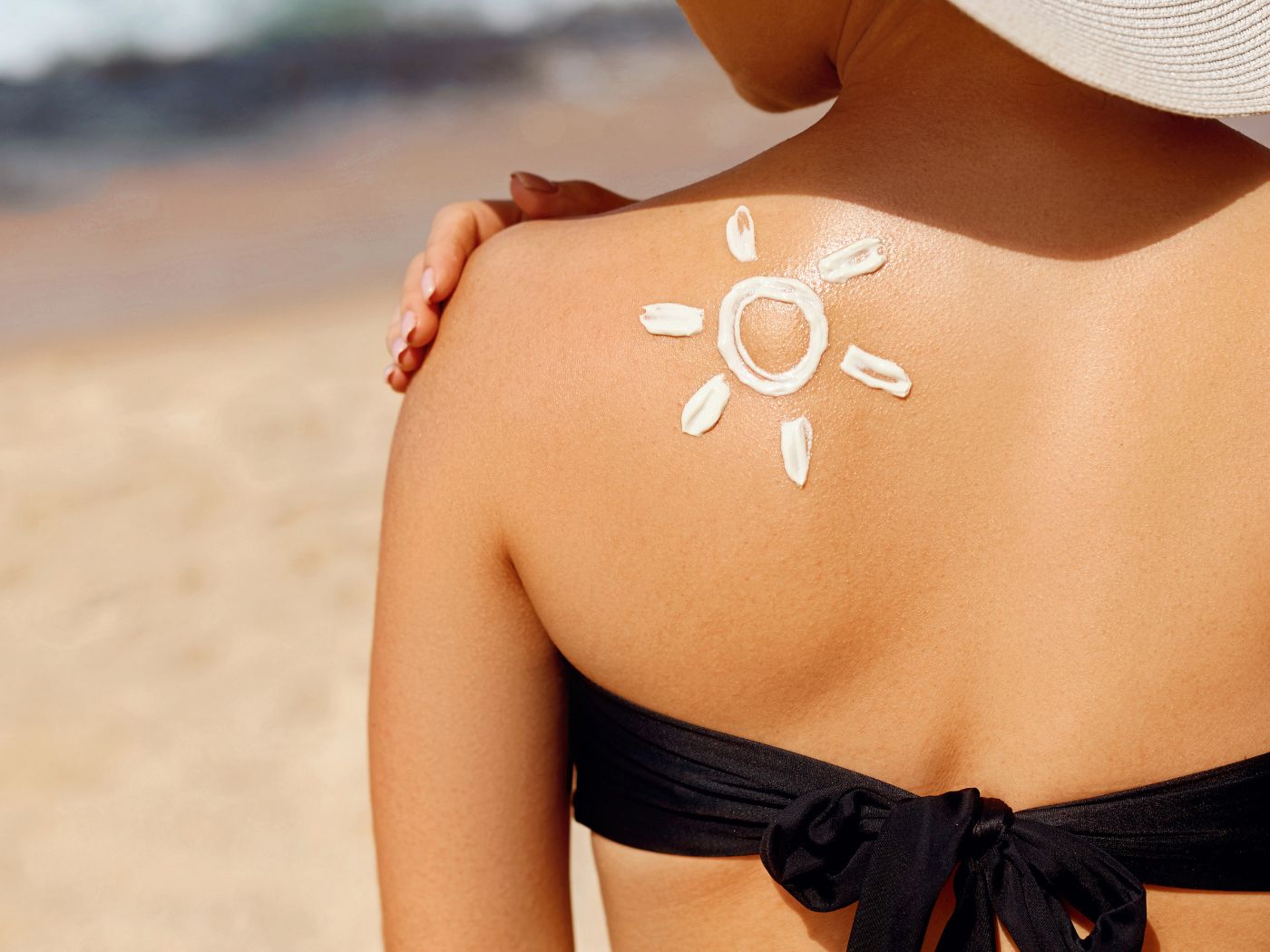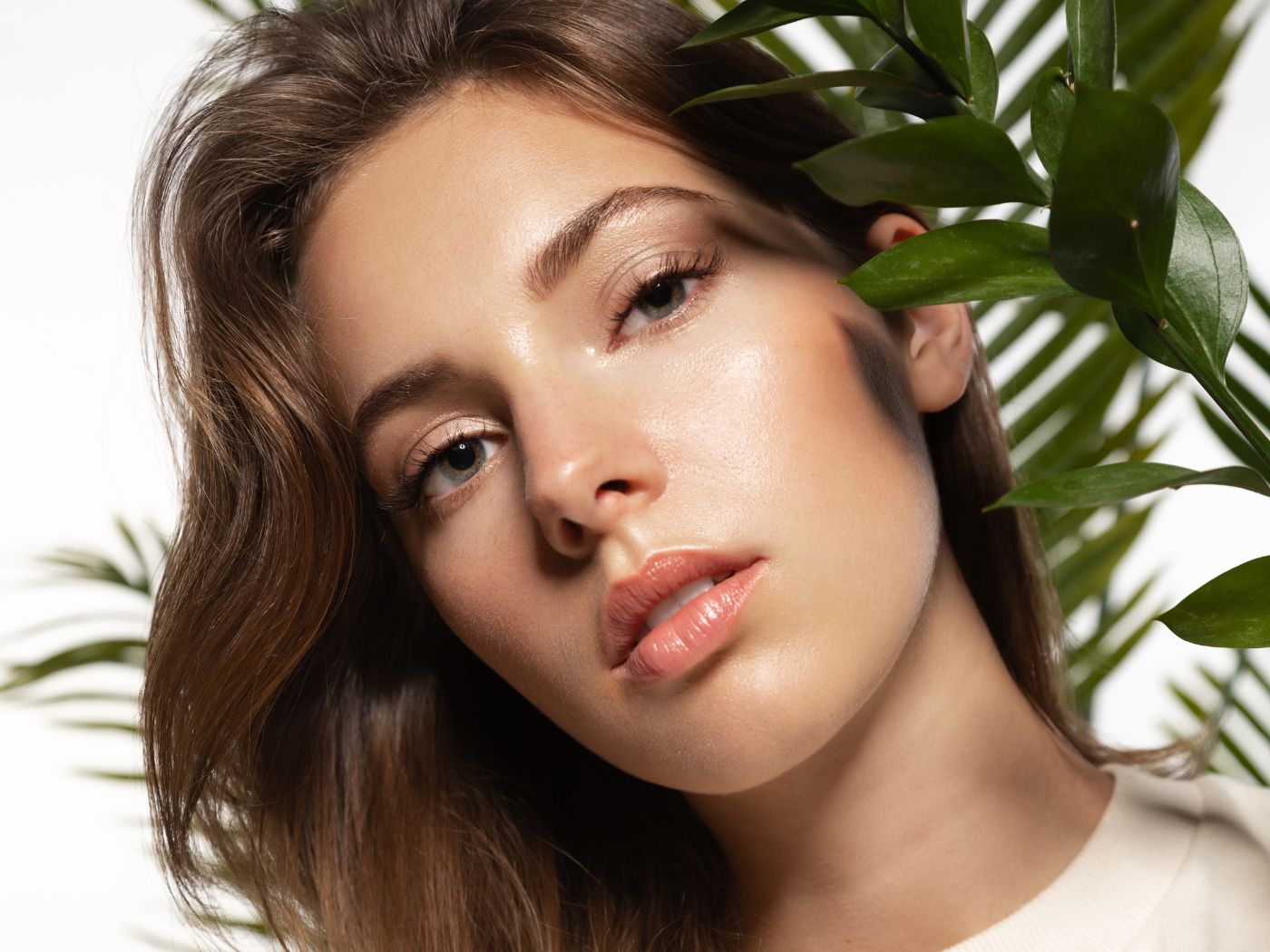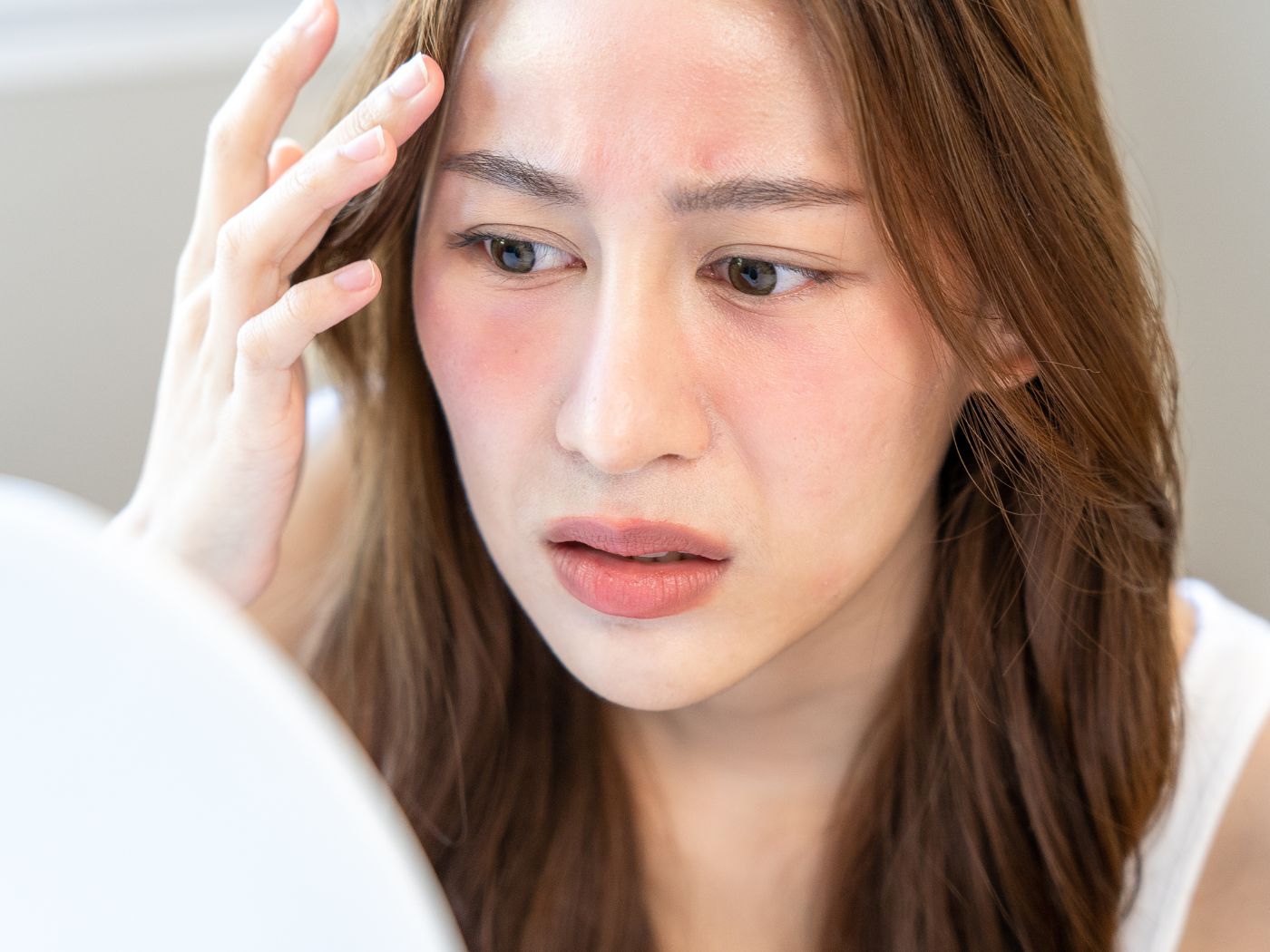- Understanding Sunscreens
- Choose The Right Sunscreen
- Incorporating Sunscreen Into Your Skincare Routine
- Sun Protection Beyond Sunscreens
- FAQs
Sunscreens are arguably the most important part of any skincare routine! But do you know about sunscreen dos and don’ts? There are some best ways to use sunscreen and some not-so-effective ways. Today, we will take a look at the process of using sunscreen correctly and how to maximise sunscreen effectiveness.
So let’s begin, shall we?

Understanding Sunscreens
Sunscreens are topical products designed to protect the skin from the harmful effects of the sun's ultraviolet (UV) radiation. They contain ingredients that act as filters, either absorbing or reflecting UV rays to prevent them from penetrating the skin.
Here are some of the reasons for the importance of following sunscreen application techniques for effective sun protection:
-
Protection against UV rays:
UV radiation from the sun is a major cause of skin damage. It can lead to sunburn, premature ageing (wrinkles, sagging skin), dark spots, and an increased risk of skin cancer. Sunscreens help shield the skin from these harmful rays.
-
Preventing sunburn:
Sunburn occurs when the skin is exposed to excessive UVB radiation. Sunscreens with adequate sun protection factor (SPF) can significantly reduce the risk of sunburn and the associated pain, redness, and peeling.
-
Minimising premature ageing:
Prolonged sun exposure without protection can accelerate the skin's ageing process, resulting in wrinkles, fine lines, and loss of elasticity. Regular use of sunscreen can help prevent or minimise these signs of premature ageing.
-
Lowering the risk of skin cancer:
UV radiation is a known carcinogen and a major cause of skin cancer, including melanoma, the deadliest form. Applying sunscreen daily can reduce the risk of developing skin cancer by protecting the skin from harmful UV rays. Incorporating sunscreen as a regular part of your skincare routine, along with other sun protection measures like seeking shade and wearing protective clothing, can help safeguard your skin against the damaging effects of the sun.

Choose The Right Sunscreen
Choosing the right sunscreen involves considering a few key factors. Here are some tips to help you select the most suitable sunscreen for your needs:
-
Broad-spectrum protection:
Look for a sunscreen that offers broad-spectrum protection, meaning it protects against both UVA and UVB rays. UVA rays can cause long-term skin damage and ageing, while UVB rays are primarily responsible for sunburns. Broad-spectrum sunscreens provide comprehensive protection against both types of UV radiation.
-
Sun Protection Factor (SPF):
The SPF number indicates the level of protection against UVB rays. Choose a sunscreen with an SPF of 30 or higher for adequate protection. Higher SPFs provide slightly better protection, but there are diminishing returns beyond SPF 50. Keep in mind that SPF only measures protection against UVB rays, so look for broad-spectrum sunscreen to ensure UVA protection as well.
-
Skin type:
Consider your skin type and any specific concerns you may have. If you have oily or acne-prone skin, opt for oil-free or non-comedogenic formulas that won't clog pores. For dry or sensitive skin, choose a moisturising and gentle sunscreen with soothing ingredients. There are also sunscreens formulated specifically for sensitive skin or those with specific needs, such as fragrance-free or hypoallergenic options.
-
Water resistance:
If you plan to be in water or will be sweating, select a water-resistant sunscreen. Water-resistant sunscreens can provide protection even when exposed to moisture, but they still need to be reapplied after a certain duration of water exposure, as indicated on the product label.
-
Ingredients:
Read the ingredient list and avoid sunscreens that contain potential irritants or allergens for your skin. Some common active ingredients in sunscreens include avobenzone, octinoxate, octisalate, and zinc oxide. If you have sensitive skin, mineral-based sunscreens with zinc oxide or titanium dioxide are often well-tolerated.
Pure Sense recently released two new sunscreens that are completely natural and suitable for all skin types. Here are the two sunscreens:
-
Sun Care Matte Gel:
Made using Niacinamide and Aloe Vera to give you dual protection against UVA and UVB, along with SPF 50 PA+++ Protection for a moisturised skin.

-
Sun Care Glow Cream:
Made using Niacinamide and Saffron Extract to nourish and protect your skin against UVA and UVB damage with the help of SPF 50 PA+++ protection.

Let’s take a look at how you incorporate sunscreen into your skincare routine to maximise sunscreen effectiveness.
Incorporating Sunscreen Into Your Skincare Routine
Here are some best practices for integrating sunscreen into your daily skincare routine for long-term sun damage prevention. Here are the best ways to use sunscreen:
-
Cleanse your face:
Start by cleansing your face using a gentle cleanser appropriate for your skin type. This will remove any dirt, oil, or impurities from the skin.
-
Apply toner and serum (optional):
If you use a toner or serum in your skincare routine, apply them after cleansing and before sunscreen. These products can help address specific concerns or provide additional benefits to the skin.
-
Take an adequate amount of sunscreen:
Dispense a sufficient amount of sunscreen, typically about a teaspoon for the face and neck area. Adjust the amount based on your individual needs and the specific instructions provided by the sunscreen manufacturer.
-
Apply evenly:
Dot the sunscreen on different areas of your face, such as the forehead, cheeks, nose, and chin. Gently spread and massage the sunscreen into your skin using upward motions. Ensure even coverage across all exposed areas, including the ears, neck, and any other areas exposed to the sun.
-
Don't forget sensitive areas:
Pay attention to sensitive areas like the under-eye area, around the nose, and along the hairline. These areas are often neglected but still need protection from the sun.
-
Reapply as needed:
Reapply sunscreen every two hours or more frequently if you're sweating heavily or have been in the water. If you're wearing makeup, consider using a powder or spray sunscreen for easy touch-ups throughout the day.
Remember, sunscreen should be used every day, regardless of the weather or whether you're indoors or outdoors. Even on cloudy days, UV rays can still penetrate the skin and cause damage. By making sunscreen a consistent part of your skincare routine, you can help protect your skin from the harmful effects of the sun and maintain healthy, youthful-looking skin.
Sun Protection Beyond Sunscreens
It is important to remember sunscreens beyond the beach and how to incorporate sun protection in everyday life, no matter the season or location. While sunscreen is crucial for sun protection, there are additional measures you can take to enhance your sun protection routine:
-
Wear protective clothing:
Covering up your skin with protective clothing can provide an extra layer of defence against UV radiation. Opt for lightweight, long-sleeved shirts, wide-brimmed hats, and sunglasses with UV protection.
-
Use sun-protective accessories:
Consider using umbrellas, canopies, or sun-protective accessories such as sun sleeves, gloves, and neck gaiters to shield your skin from the sun.
-
Stay hydrated:
Proper hydration helps keep your skin healthy and resilient. Drink plenty of water throughout the day, especially when spending time outdoors in the sun.
-
Protect your eyes:
Wear sunglasses that offer 100% UV protection to shield your eyes from harmful UV rays. Look for sunglasses labelled with UV400 or blocks 100% of UVA and UVB rays.
-
Perform regular skin checks:
Monitor your skin for any changes or abnormalities. If you notice any new or suspicious spots, moles, or changes in existing ones, consult a dermatologist for a professional skin examination.
Remember, incorporating these sun protection practices alongside regular use of sunscreen can significantly reduce your risk of sunburn, premature ageing, and skin cancer. It's important to adopt a comprehensive approach to sun protection to keep your skin healthy and safe from the sun's harmful rays.
Conclusion
We hope now you know everything from using sunscreen correctly to the sunscreen dos and don’ts! Remember to use sunscreen suitable for your skin type to avoid any complications!
FAQs
-
How does sunscreen work to protect the skin from the sun?
Sunscreen works by either absorbing or reflecting the sun's ultraviolet (UV) radiation, preventing it from penetrating the skin. Sunscreens contain active ingredients that act as filters, either absorbing the UV radiation and converting it into heat or reflecting the rays away from the skin. This helps to minimise the damage caused by UV exposure, reducing the risk of sunburn, premature ageing, and skin cancer.
-
What is the difference between physical and chemical sunscreens?
Physical sunscreens contain mineral-based ingredients like zinc oxide or titanium dioxide. These ingredients create a physical barrier on the skin's surface that reflects and scatters UV rays away from the skin. Physical sunscreens start working immediately upon application and are generally well-tolerated by most skin types, including sensitive skin. Chemical sunscreens, on the other hand, contain organic compounds that absorb UV radiation and convert it into heat, which is then released from the skin. Chemical sunscreens need about 20 minutes to fully absorb into the skin and start providing protection.
-
What does SPF stand for, and what level of SPF should I use?
SPF stands for Sun Protection Factor, which measures a sunscreen's ability to protect against UVB rays. The SPF number indicates the level of protection provided by the sunscreen. For example, an SPF 30 sunscreen allows you to stay in the sun 30 times longer than you would without protection before getting sunburned. However, it's important to note that SPF only measures protection against UVB rays and not UVA rays, which can also contribute to skin damage.







